Is South Indian cuisine the best Indian cuisine? Let’s find out…
Firstly, not all South Indian food is the same – the term covers dishes from the five southern states of India. Each state has its unique dishes and cooking styles. Yet, they all share a common love for rice, lentils, and various spices.
South Indian restaurants are the perfect places to explore this rich cuisine. They offer various dishes, from crispy dosas to tangy sambhars and sweet payasam.
Whether you’re a food enthusiast or a curious traveller, these restaurants promise an unforgettable dining experience. They bring the authentic tastes of South India right to your plate.
This guide will help you navigate the world of South Indian cuisine. It will introduce you to its key ingredients, popular dishes, and the best South Indian restaurants near you.
So, prepare to embark on an adventure as diverse and vibrant as South India.
The Essence of South Indian Cuisine
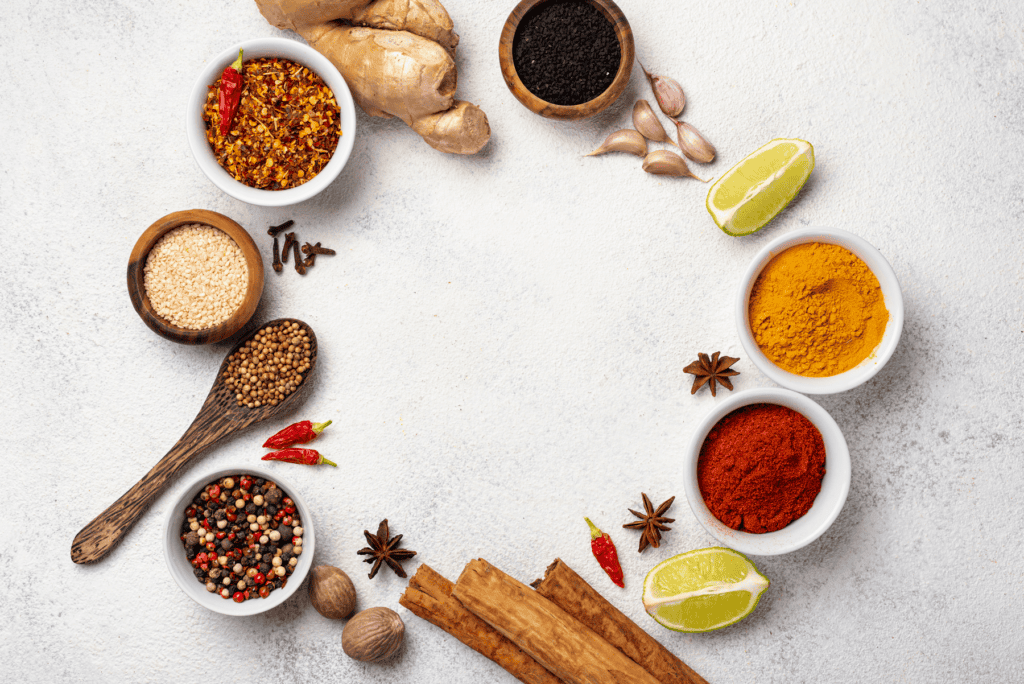
South Indian cuisine is a celebration of regional diversity. It blends traditional cooking methods, fresh ingredients, and spices.
The cuisine is known for its bold flavours and health benefits. Many dishes are fermented, which aids digestion and enhances the taste.
Spices play a crucial role in South Indian cooking. Mustard seeds, curry leaves, and asafoetida are commonly used. They add depth and character to the dishes.
From the hearty meals served on banana leaves to the aromatic filter coffee, South Indian cuisine offers a unique experience. It’s a cuisine deeply rooted in culture and tradition yet constantly evolving.
The Five States and Their Culinary Specialties
South India comprises five states, each with its unique culinary traditions. These states are Andhra Pradesh, Karnataka, Kerala, Tamil Nadu, and Telangana.
- Andhra Pradesh: Known for spicy dishes like fiery Andhra Chicken Curry.
- Karnataka: Offers a blend of sweet and spicy flavours with the dish Bisi Bele Bath.
- Kerala: Famous for seafood dishes like Kerala Prawn Curry cooked in coconut gravy.
- Tamil Nadu: Home to Chettinad cuisine and signature dish, Chettinad Chicken with aromatic spices.
- Telangana: Known for tangy and spicy dishes, the star dish being Hyderabadi Biryani.
Each state offers a unique journey, making South Indian cuisine diverse and exciting.
Staple Ingredients and Spices in South Indian Cooking
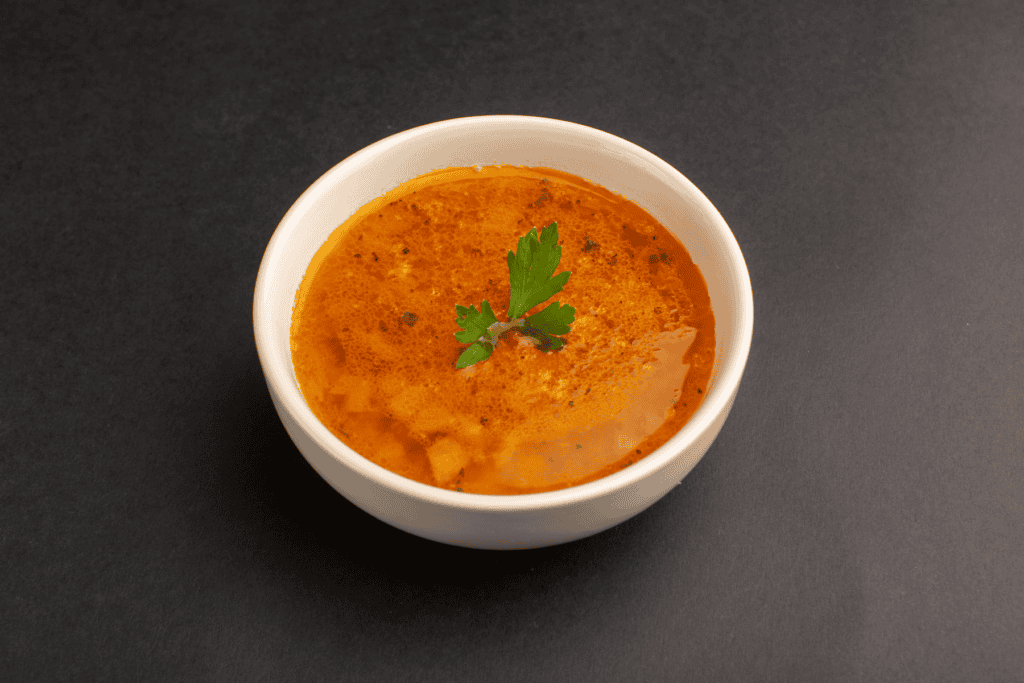
South Indian cuisine is characterized by its use of specific staple ingredients. Rice, lentils, and coconut are the backbone of many dishes.
Rice is used in various forms, from steamed rice served with meals to rice flour used in dosas and idlis. Lentils are another key ingredient used in dishes like sambhar and rasam.
Coconut, both fresh and dried, is used extensively. It’s found in chutneys, curries, and even desserts.
A variety of spices enhances the flavours of South Indian cuisine. These include:
- Mustard seeds: Used for tempering dishes.
- Curry leaves: Add a unique flavour and aroma.
- Asafoetida: Used for its strong, pungent smell.
- Tamarind: Provides a tangy taste to dishes.
These ingredients and spices give South Indian dishes their distinctive taste and aroma.
Must-Try South Indian Dishes
South Indian cuisine offers many dishes that are a must-try for any food enthusiast. These dishes are a blend of flavours, textures, and aromas that provide a unique dining experience.
- Dosa is a popular choice, a thin, crispy pancake made from fermented rice and lentil batter. It’s often served with sambhar and a variety of chutneys.
- Idli, a steamed rice cake, is another cuisine. It’s light and fluffy and pairs well with spicy chutneys and sambhar.
- Vada, a savoury doughnut made from lentil batter, is a favourite snack or breakfast item. It’s crispy on the outside, soft on the inside, and deliciously spiced.
- Uttapam, a thick pancake with toppings like onions, tomatoes, and chillies, is also a must-try. It’s often referred to as the Indian pizza.
Here are some other popular South Indian dishes to try:
- Sambhar: A tangy lentil soup with vegetables.
- Rasam: A spicy, tangy soup often served at the end of a meal.
- Biryani: A flavorful rice dish with meat or vegetables.
- Pongal: A creamy dish made from rice and lentils.
- Payasam: A sweet dessert made from rice or vermicelli.
Each of these dishes offers a unique taste of South Indian cuisine.
Vegetarian and Non-Vegetarian Delights
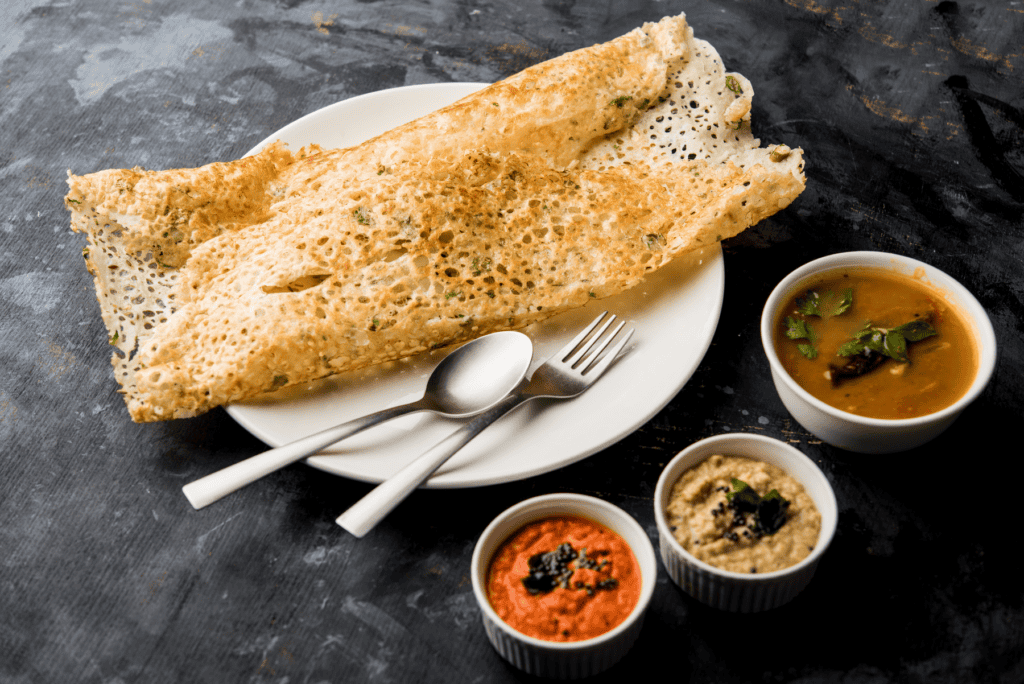
South Indian cuisine caters to both vegetarians and non-vegetarians. The region’s diverse flora and fauna contribute to various dishes.
For vegetarians, dishes like dosa, idli, uttapam, and vada are common. These are often served with vegetarian sides like sambhar, a variety of chutneys, and vegetable curries.
Non-vegetarian dishes are also plentiful. Coastal regions, in particular, offer a variety of seafood dishes. These include fish curry, prawn masala, and crab roast.
Whether you’re a vegetarian or a non-vegetarian, South Indian cuisine has something to offer everyone. The variety and depth of flavours are sure to leave you wanting more.
Finding the Best South Indian Restaurants Near You
Finding a South Indian restaurant near you is easier than ever. With the advent of technology, you can use online tools and apps to locate them.
Look for restaurants with good reviews and ratings. These are often indicative of the quality of food and service.
Remember, the best South Indian restaurant for you is one that caters to your taste buds. So, feel free to try different places until you find your favourite.
The South Indian Restaurant Experience
Dining at a South Indian restaurant is more than just a meal. It’s an immersive experience that engages all your senses.
The aroma of spices, the sight of colourful dishes, and the sound of sizzling dosas create a unique atmosphere. The warm hospitality and traditional decor add to the authenticity of the experience.
Whether you’re a first-timer or a regular patron, every visit to a South Indian restaurant offers something new to discover. So, embrace the adventure and enjoy the rich flavours of South India.
Ordering Tips for South Indian Cuisine Newbies
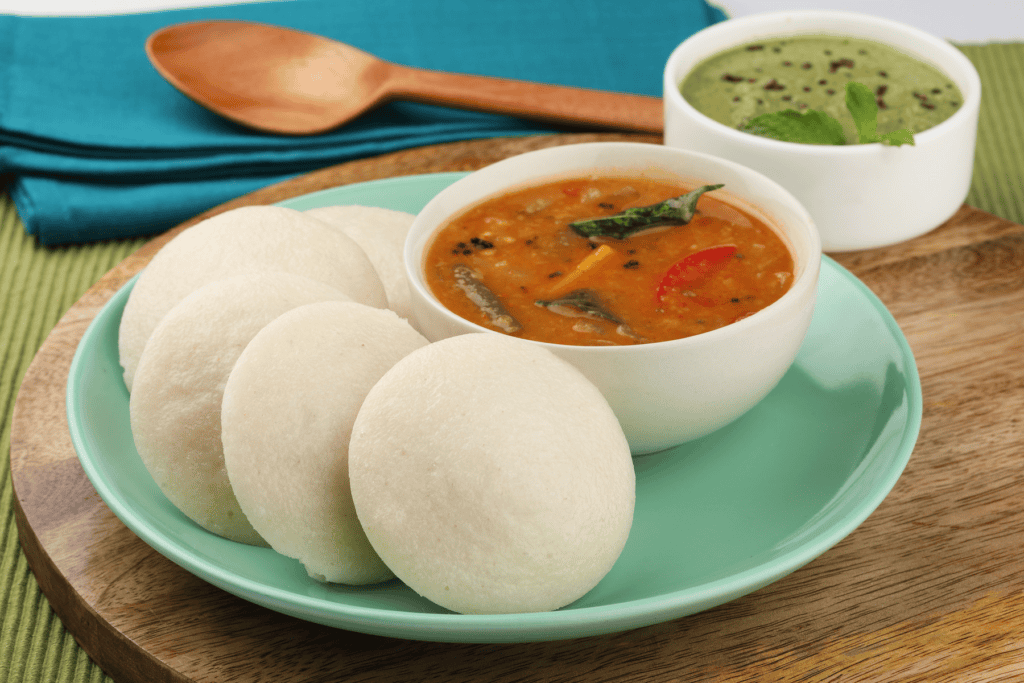
If you’re new to South Indian cuisine, ordering can seem daunting. But don’t worry; we’ve got some tips to help you navigate the menu.
- Start with popular dishes like dosa or idli
- Don’t shy away from asking staff for recommendations
- Remember that South Indian food is meant to be savoured, so take your time and enjoy.
The Global Appeal of South Indian Food
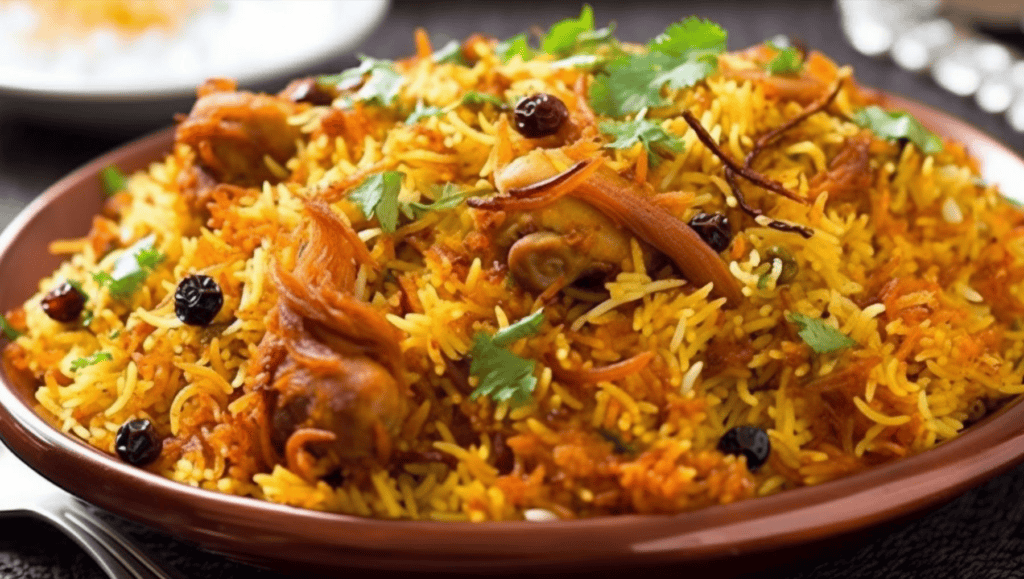
South Indian cuisine has gained global recognition for its unique flavours and healthy ingredients. From London to Los Angeles, you’ll find South Indian restaurants serving up authentic dishes.
The cuisine’s versatility and adaptability have significantly influenced its global popularity. Whether you’re a vegetarian, a seafood lover, or a spice enthusiast, there’s something for everyone.
This global appeal has also led to innovative fusion dishes, blending South Indian flavours with traditions across the globe.
Supporting Local South Indian Cuisine Restaurants
Supporting local South Indian restaurants helps small businesses and preserves traditions. These establishments often source ingredients locally, contributing to the local economy.
Moreover, dining at these restaurants provides an authentic experience. It’s a chance to enjoy traditional South Indian hospitality and savour dishes prepared with love and expertise.
We Invite You to Try Darbar Wenty Sydney

If you’re looking for an authentic South Indian Cuisine Restaurant, Darbar Wenty is the place to be. Indulge in their Banana Leaf Thali during the week or enjoy their stunning South Indian buffets over the weekend.
For more information and to explore their menu, visit their website: https://darbarwenty.com.au/.
Conclusion: The Future of South Indian Cuisine
South Indian cuisine continues to gain global recognition for its rich flavours and health benefits. With the rise of food delivery services and online reviews, finding and enjoying this cuisine has never been easier.
As we move forward, the fusion of traditional South Indian flavours with modern techniques promises an exciting future for South Indian restaurants. Exploring South Indian cuisine is a flavourful adventure that is just beginning.
